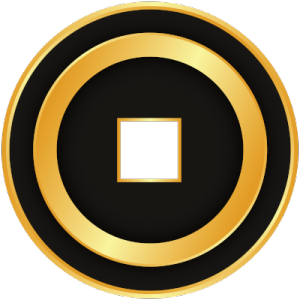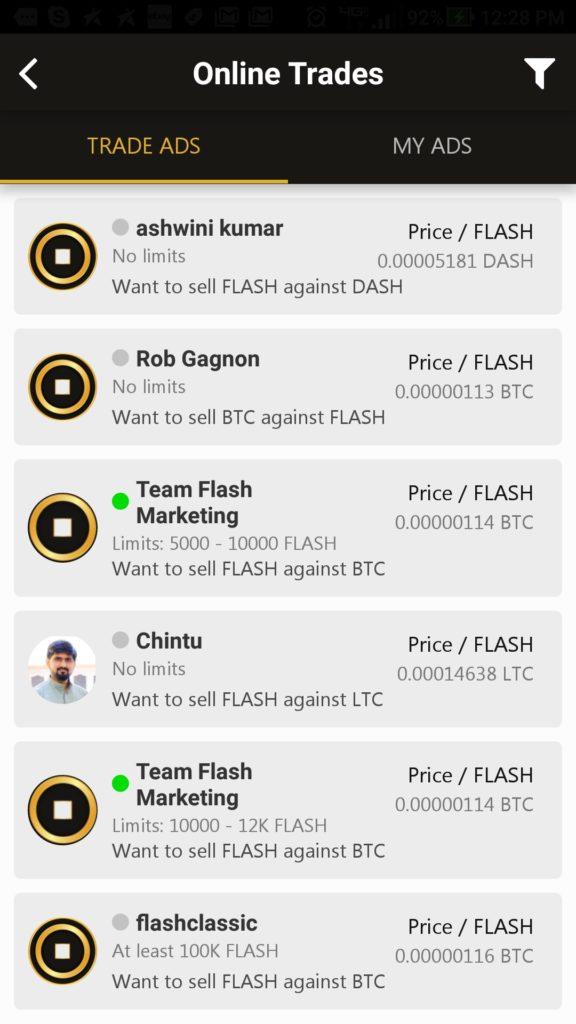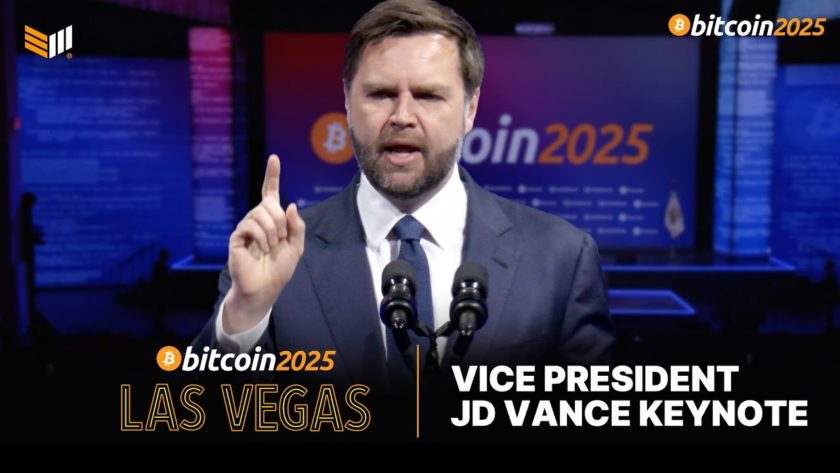
Flash is a lesser-known Scrypt-based cryptocurrency which has a growing presence in Venezuela and Africa. It is not designed to be a proof-of-work system, although it uses mining to verify transactions and secure the network, but instead focuses on transactions which can settle in a matter of seconds. Their mobile wallet recently integrated a “human ATM” peer-to-peer trading functionality which could be a hit in jurisdictions where fiat money is hard to trust. Places like Venezuela, for example.
As a cryptocurrency design, it may face traction issues due to its technical design – the mining competitions in Litecoin and Bitcoin are part of the spectacle. In Flash, a small number of miners secure the network and process transactions for very little profit. This notwithstanding, Flash has a mobile application that can hold multiple crpytocurrencies – Bitcoin, Litecoin, Dash, and Ethereum (as well as Flash). Notably, Flash is also available in Coinomi , a popular mobile wallet which supports many cryptos.
Flash primarily focuses on merchant and peer-to-peer user adoption in regions where other methods are either unavailable or unreliable. Venezuela has become the hallmark example of a crypto use case, but there are other regions where digital currencies can serve to allow merchants the ability to accept more than just cash with little overhead and far lower fees than credit card processing may incur. Flash marketing director James Hinton says that as many as 800 merchants in Africa will be adopting Flash in the coming months, which inherently means they’ll also be accepting Bitcoin, Dash, Litecoin, and Ethereum.
Creating a mobile Flash wallet account grants you access to the web version of the wallet, which has over 20 ERC-20 tokens in addition to the regular cryptos.
A fully functional multi-currency wallet is likely to gain some installs in the app stores, but now they’ve added something that is likely to germinate interest across borders: a peer-to-peer trading feature they’re calling the “Human ATM.”
On-Chain Peer-to-Peer Marketplace
The human ATM feature is unique as mobile wallets go. It allows the user to load up a map of people offering in-person trades. Trades can be settled in person and then funds can be released on the app. Like LocalBitcoins, there is a rating and review system and, of course, the author must stress that it’s always best to meet in a public place and follow basic best practices.
For Venezuela, what this will ultimately do is allow anyone to become a walking Bitcoin ATM, even if they transact in person primarily in Flash due to the exchange rate differences. Flash is supported by the Einstein Exchange in Canada, which enables users to connect their bank accounts and associated payment methods (like debit and credit cards) for external transfers. Some smaller exchanges also support Flash the cryptocurrency.
Flash itself has over 600,000 active addresses worldwide. In the two weeks that this story was worked on, they had dozens of installations in Africa and Venezuela. A partnership with Seychelles-based Crowdforce is promising:
‘CrowdForce integrates flashcoin to bring micropayments to Africa.’
READ MORE HERE: https://t.co/j6iaNshxKf— CrowdForce (@mycrowdforce) December 20, 2018
CrowdForce’s PayForce network includes 8,000 vendors, all of whom will now be accepting cryptocurrency through Flash. This includes Flashcoin.
To this reporter, the Flash cryptocurrency is much less important than what its mobile wallet has the potential to do. People like peer-to-peer, there’s no two ways about it, and the success of eBay as a global marketplace or the almost immediate success of Facebook’s marketplace features (which were preceded by DIY “swap shops”) are evidence that when people can deal with other people directly, they often choose to do so.
The wallet is available in the Play Store and Apple App Store.
Coinbase for the Unbanked
For the unbanked of the world, the Human ATM aspect is incredibly important, especially as merchants in disadvantaged regions adopt it. In the same way that Coinbase and its minor competitors make it easy for people with the full backing of the traditional financial system behind them to access the crypto economy, the Flash wallet can enable the unbanked of the world to do the same, potentially with far lower fees.

A typical interaction will likely go like this: a field worker walks in with their cash wages and, having no trust in banks or other institutions if such even exist, places an order with the merchant to buy a certain amount of crypto in order to save it. They can then spend that crypto there and other merchants, but more importantly, they can spend it online. Or they can simply have a way to enter the crypto economy, from which they can get their money into stablecoins and thus eventually into the western banking system if they so desire.
Human ATM transactions don’t take place in some off-chain wallet, either. If you sell one crypto for another on the application, you pay the network fees in the one you’re selling, and the buyer pays the network fees in the one he or she is using to pay you with. This means there’s no need for a staff to ensure that transactions are properly done, because all transactions happen with the security and transparency of the blockchain.

Downsides of In-Person Trading
So, what are the drawbacks? Like any peer-to-peer interaction, there’s definitive risk of being defrauded. As an attempt to help with this, online trades are also possible with the app. No Flashcoin is required to conduct trades.
Nevertheless, easy methods of peer-to-peer trading which support multiple currencies are to date rare and incredibly necessary for the worldwide individual adoption of cryptos, and the Flash team are pioneering the cause.
Installing and using the Flash mobile app gives the user a parallel account on their web wallet, which has 66 major ERC-20 tokens in addition to the things offered on the mobile app.
Get Exclusive Crypto Analysis by Professional Traders and Investors on Hacked.com. Sign up now and get the first month for free. Click here.




